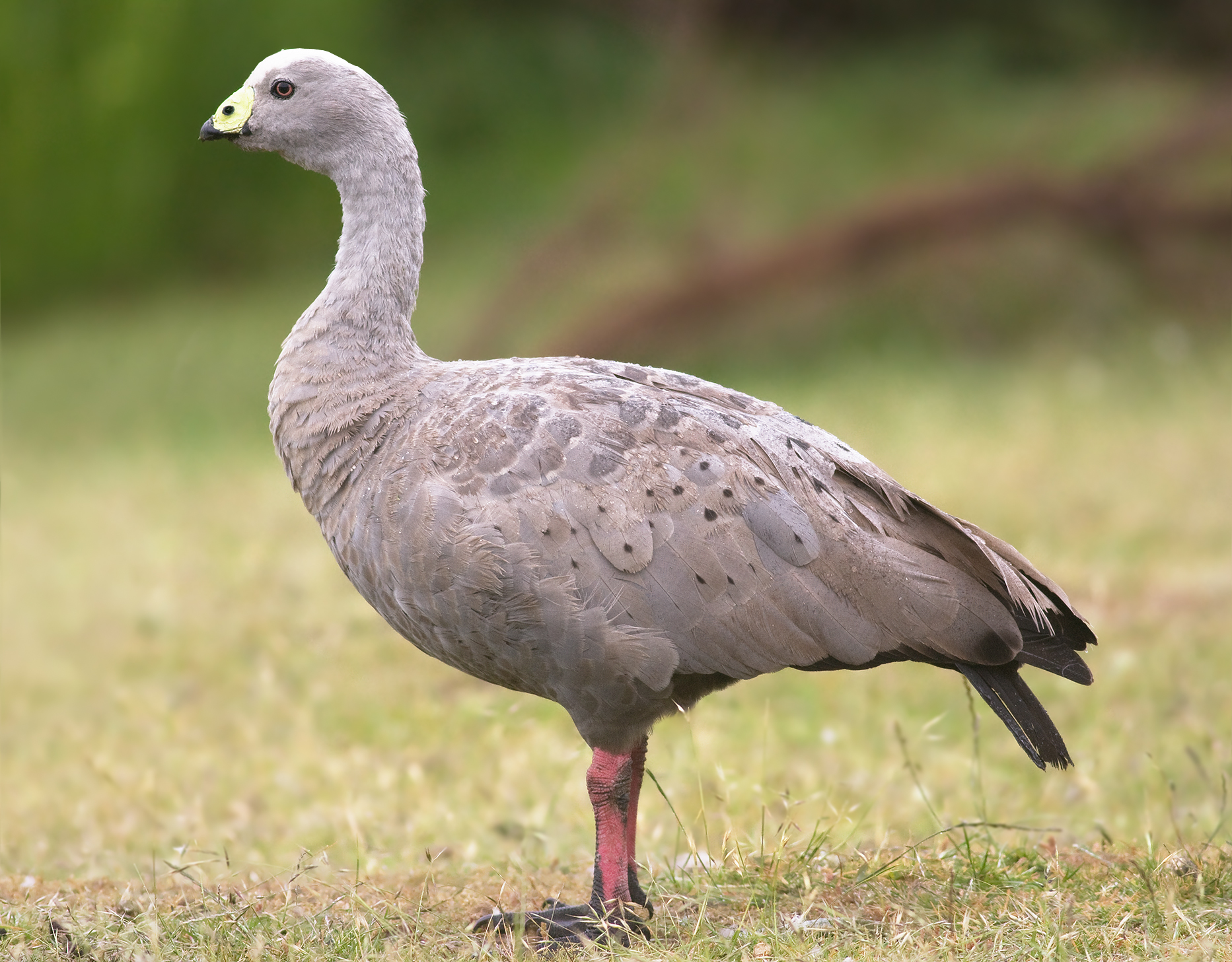|
Cape Portland, Tasmania
Cape Portland, officially Luemerrernanner / Cape Portland, is both a geographical feature and a locality near the north-eastern tip of Tasmania, Australia. The cape points west across Ringarooma Bay, where the Ringarooma River empties into the Tasman Sea. It was named after the Duke of Portland by Matthew Flinders during his 1798 circumnavigation of the island in the sloop ''Norfolk'' with George Bass. The Pyemmairre name of the Cape Portland district is ''Tebrakunna''. Banks Strait separates Cape Portland from Clarke Island, one of the Furneaux Group, to the north. History Cape Portland Post Office opened on 6 April 1865 (first as a receiving house) and finally closed in 1918. Birds It is the site of the 67 km2 Cape Portland Important Bird Area which includes the cape itself, some adjacent land, a strip of coastline east of the cape extending to Policemans Point at the mouth of Ansons Bay, and nearby Swan Island. This area supports more than 1% of the world populat ... [...More Info...] [...Related Items...] OR: [Wikipedia] [Google] [Baidu] |
Dorset Council (Australia)
Dorset Council is a local government body in Tasmania, located in the far north-east of the state mainland. Dorset is classified as a rural local government area and has a population of 6,652. Estimated resident population, 30 June 2018. The major towns and localities of the region include Bridport, Derby Derby ( ) is a city and unitary authority area in Derbyshire, England. It lies on the banks of the River Derwent in the south of Derbyshire, which is in the East Midlands Region. It was traditionally the county town of Derbyshire. Derby g ... and Ringarooma with Scottsdale the regional centre. History and attributes The municipality was established on 2 April 1993 after the amalgamation of the Scottsdale and Ringarooma municipalities. Dorset is classified as regional, agricultural and large under the Australian Classification of Local Governments. Suburbs Not in above list * North Lilydale * Pipers Brook * Tayene * Upper Esk * Weldborough Errors in above ... [...More Info...] [...Related Items...] OR: [Wikipedia] [Google] [Baidu] |
Ansons Bay, Tasmania
Ansons Bay is a rural locality in the local government area (LGA) of Break O'Day in the North-east LGA region of Tasmania. The locality is about north of the town of St Helens. The 2021 census recorded a population of 62 for the state suburb of Ansons Bay. It is both a geographical feature and a small township on the extreme north-east coast of Tasmania. The bay has notable tidal sandflats. For much of the 20th century the timber industry was predominant but it is now mostly involved in fishing and tourism. The Ansons Bay postcode was changed from 7216 to 7264 in 2009 because the mail service is now via Gladstone rather than St Helens. History Ansons Bay was gazetted as a locality in 1968. Several origins of the name have been suggested, including William J Anson (the first surgeon in the Derwent settlement) and Admiral George Anson. Another suggestion is that surveyor Charles Gould named the area after an early settler. Ansons Bay Receiving House (a private post offic ... [...More Info...] [...Related Items...] OR: [Wikipedia] [Google] [Baidu] |
Important Bird Areas Of Tasmania
Importance is a property of entities that matter or make a difference. For example, World War II was an important event and Albert Einstein was an important person because of how they affected the world. There are disagreements in the academic literature about what type of difference is required. According to the causal impact view, something is important if it has a big causal impact on the world. This view is rejected by various theorists, who insist that an additional aspect is required: that the impact in question makes a value difference. This is often understood in terms of how the important thing affects the well-being of people. So on this view, World War II was important, not just because it brought about many wide-ranging changes but because these changes had severe negative impacts on the well-being of the people involved. The difference in question is usually understood counterfactually as the contrast between how the world actually is and how the world would have bee ... [...More Info...] [...Related Items...] OR: [Wikipedia] [Google] [Baidu] |
